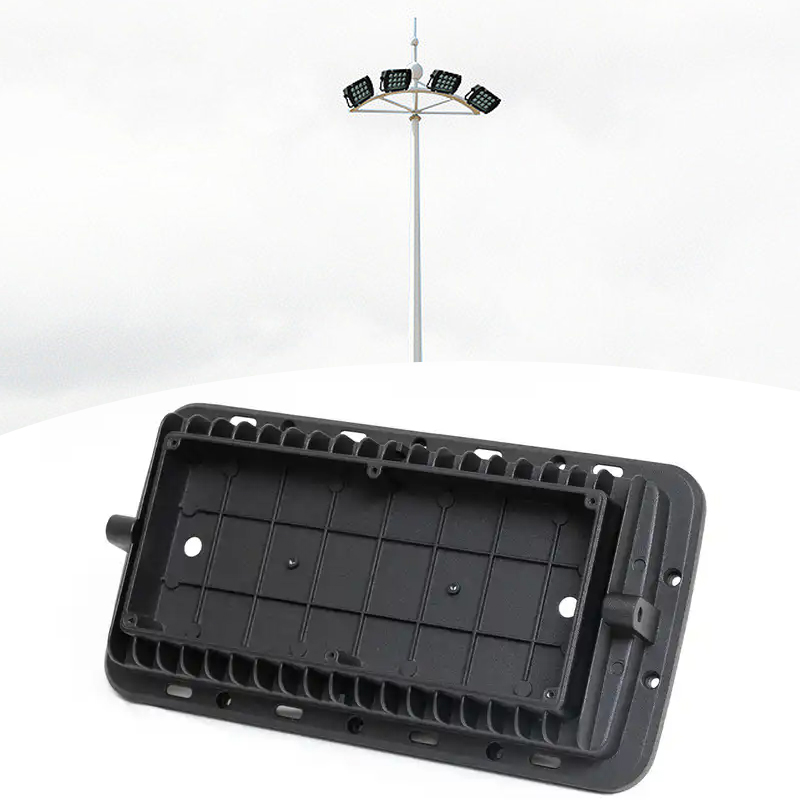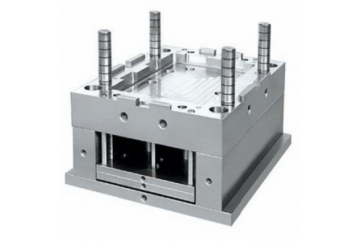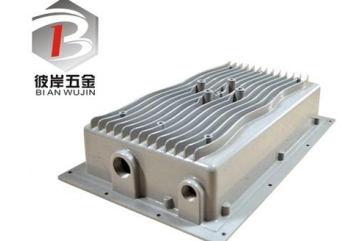LED Light Housing: Protecting & Modern Lighting
LED Light Housing is a critical component in the design and functionality of LED lighting systems. It provides structural support, protects sensitive components, and contributes to heat management, ensuring optimal performance and longevity. As LED lighting continues to replace traditional lighting solutions across residential, commercial, and industrial applications, the importance of high-quality housing has grown significantly. Properly designed housings enhance safety, efficiency, and aesthetics in modern lighting solutions.
Purpose of LED Light Housing
The primary purpose of LED light housing is to encase the LED components, protecting them from physical damage, dust, moisture, and environmental factors. Housing serves as a mounting structure for LED chips, drivers, lenses, and reflectors, ensuring stability and alignment. In addition to protection, the housing plays a key role in thermal management by dissipating heat generated by LEDs, which helps maintain brightness, efficiency, and operational lifespan. Effective housing design balances durability, heat dissipation, and visual appeal.
Materials Used in LED Light Housing
LED light housings are typically made from materials that offer strength, durability, and thermal conductivity. Aluminum is widely used due to its lightweight nature, corrosion resistance, and excellent heat dissipation properties. High-quality plastics are also common, especially in decorative or low-power lighting fixtures, providing flexibility in design and cost-effectiveness. Glass and polycarbonate may be used in combination with metals and plastics for lenses and covers, providing protection while maintaining optical clarity. Material choice depends on the application, environment, and performance requirements of the lighting fixture.
Types of LED Light Housing
LED light housing comes in a variety of designs to suit different lighting applications. Surface-mounted housings are compact and suitable for ceiling fixtures, wall lights, and recessed installations. Pendant and track lighting housings allow for adjustable positioning and are often used in commercial spaces, showrooms, and industrial settings. Outdoor LED housings, such as for streetlights and floodlights, are built to withstand weather exposure and provide durability against dust, water, and temperature fluctuations. Specialized housings for automotive or architectural LED lighting combine precision, aesthetic appeal, and functional design.
Applications of LED Light Housing
LED light housing is used in a wide range of environments due to its protective and structural role. In residential settings, housings ensure safe and visually appealing fixtures for living rooms, kitchens, and outdoor spaces. Commercial and office lighting relies on robust housings for consistent illumination and long-term durability. Industrial applications require heavy-duty housings for high-power LED systems, ensuring safety and operational efficiency. Outdoor lighting, including streetlights, garden lights, and stadium lights, relies on weatherproof housings to maintain performance in harsh conditions.
LED Light Housing Design Considerations
Designing LED light housing involves multiple factors, including heat dissipation, material strength, aesthetic appeal, and ease of installation. Proper thermal management is essential to prevent overheating, which can reduce LED efficiency and lifespan. Housing must also accommodate drivers, wiring, and lenses while maintaining a sleek and functional design. Manufacturers consider environmental exposure, electrical safety standards, and user accessibility when creating LED housings to ensure reliable and efficient operation across applications.
Future of LED Light Housing
As LED technology advances, housing designs continue to evolve to support smarter, more efficient lighting solutions. Lightweight materials, improved heat sinks, and modular designs are being adopted to enhance performance and installation flexibility. Integration with smart lighting controls, sensors, and energy-efficient systems is shaping the next generation of LED housings. Manufacturers are also focusing on sustainable materials and environmentally friendly production processes, ensuring that LED light housing contributes to both performance and sustainability in modern lighting solutions.
Conclusion
LED light housing is a fundamental element in modern lighting, combining protection, functionality, and design. By providing structural support, thermal management, and environmental protection, high-quality housings ensure the longevity and efficiency of LED systems across residential, commercial, and industrial applications. Advances in materials and design continue to enhance their performance, making LED light housing an essential component of contemporary lighting solutions.





